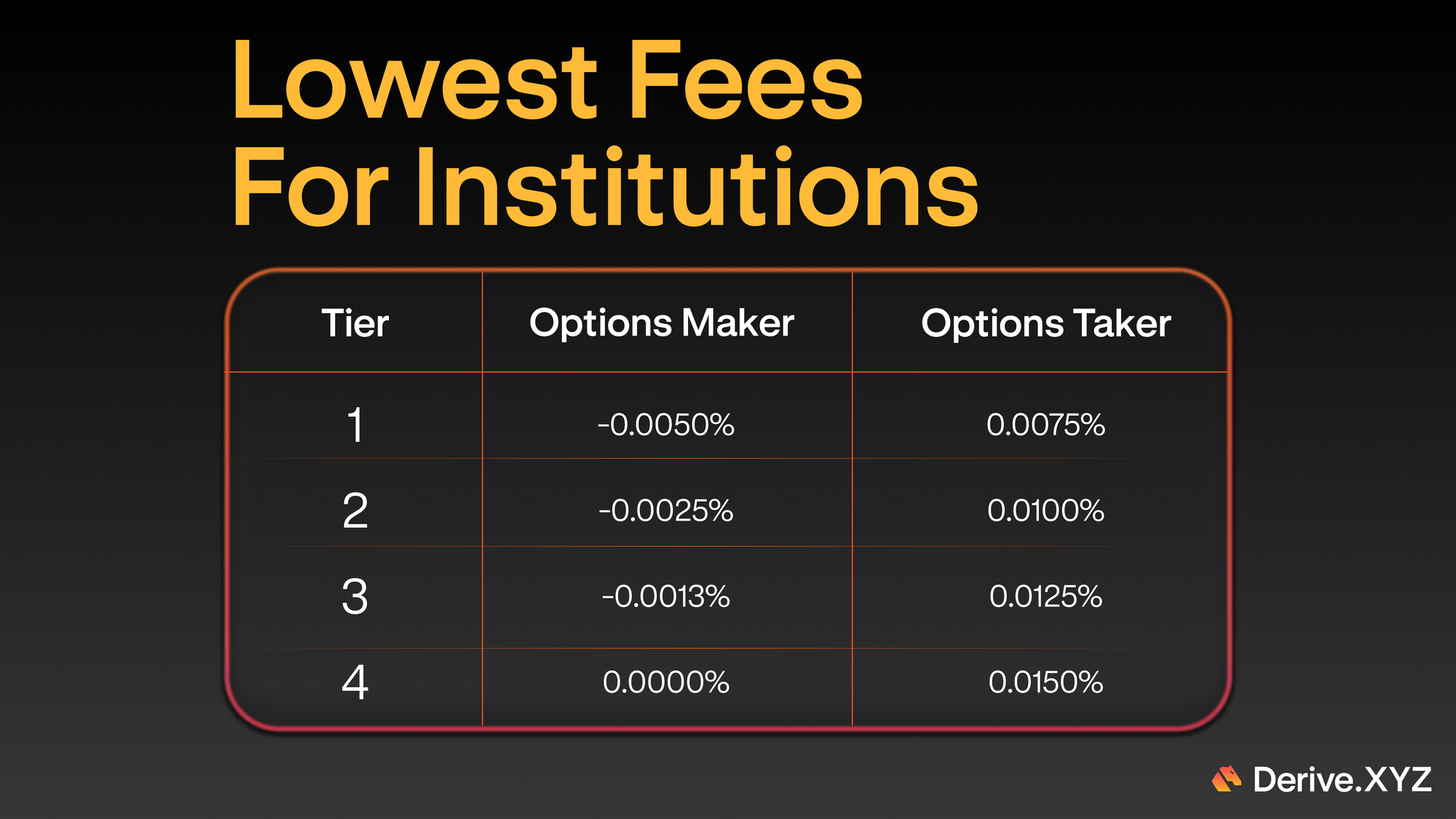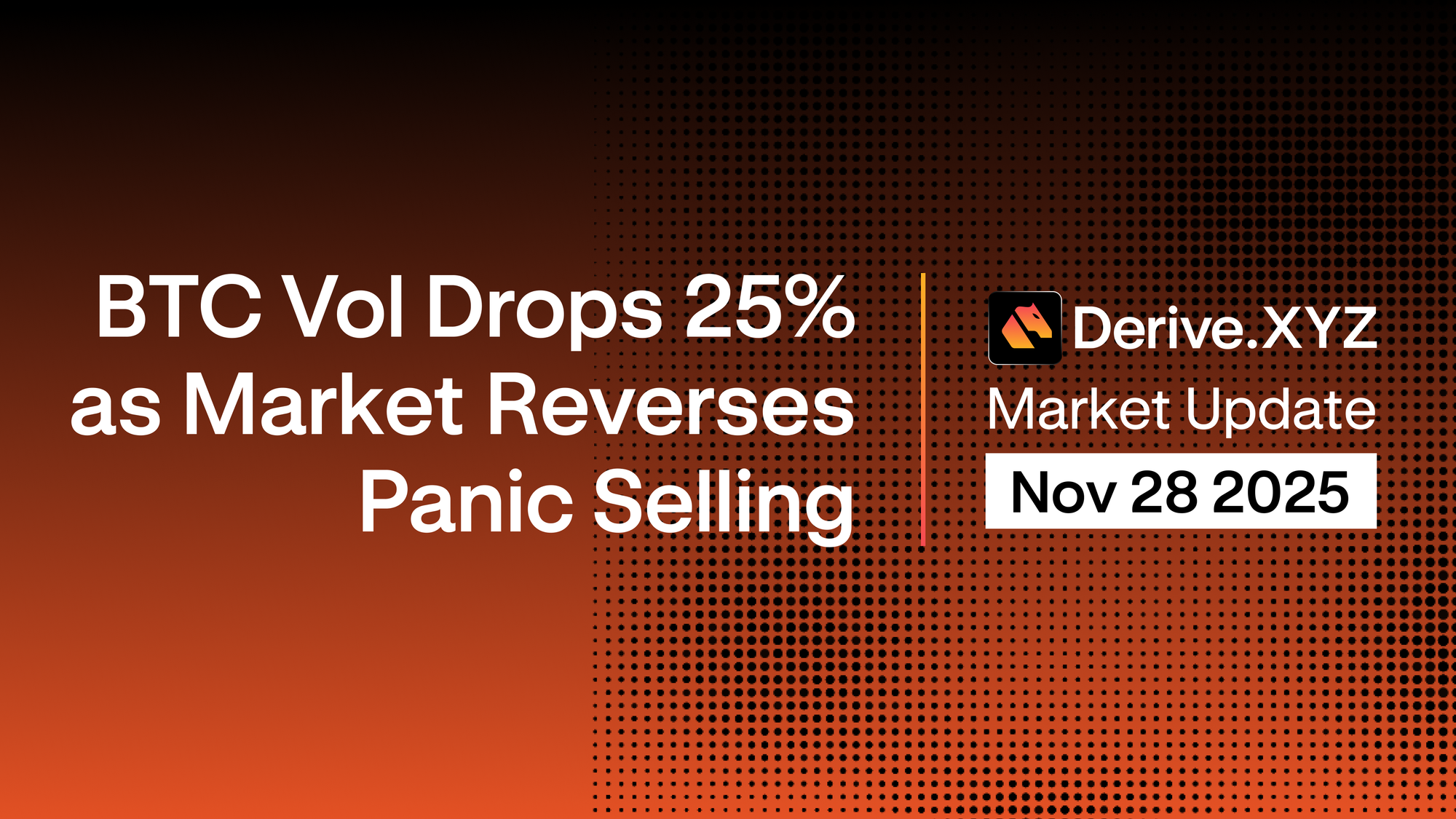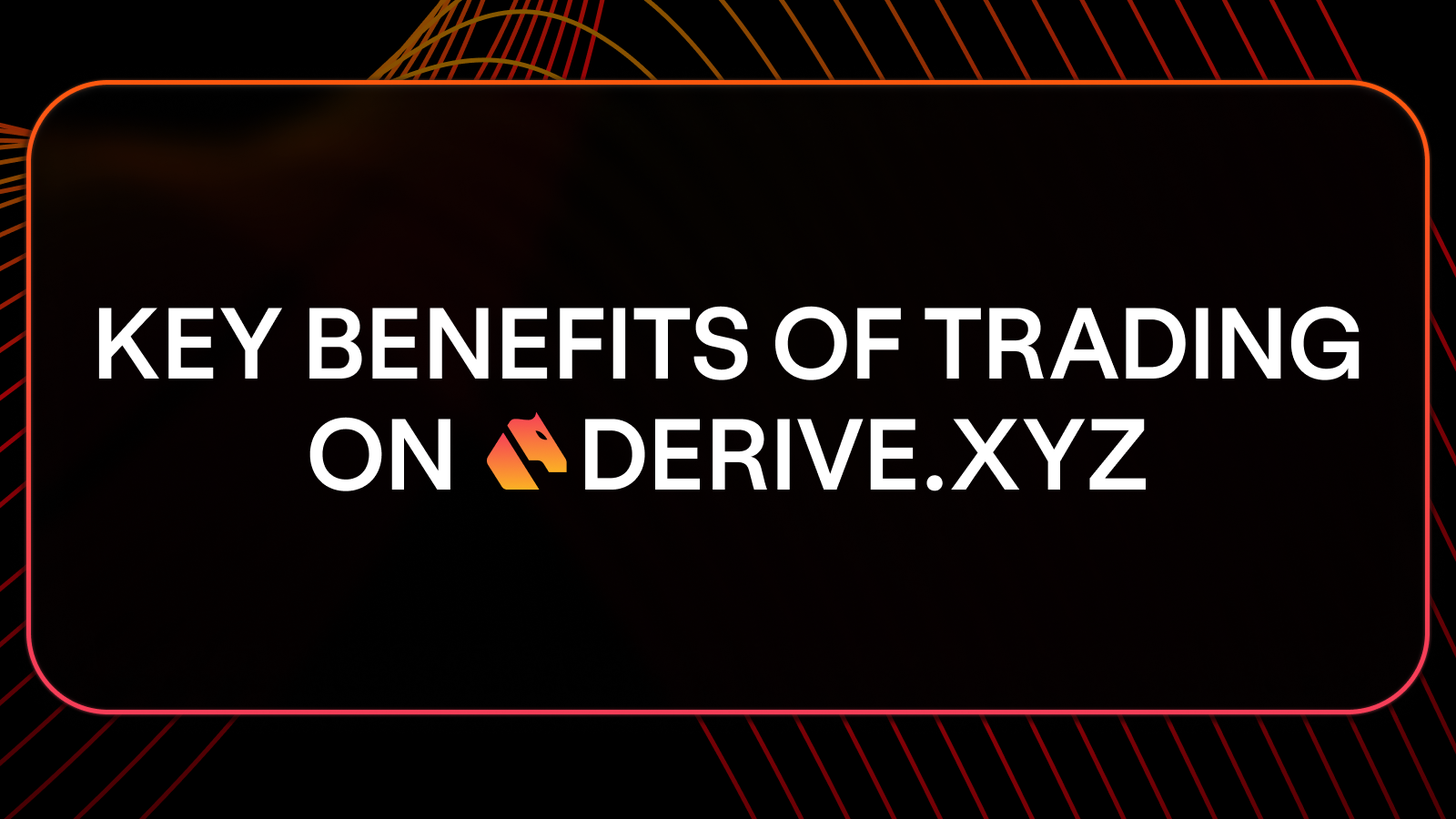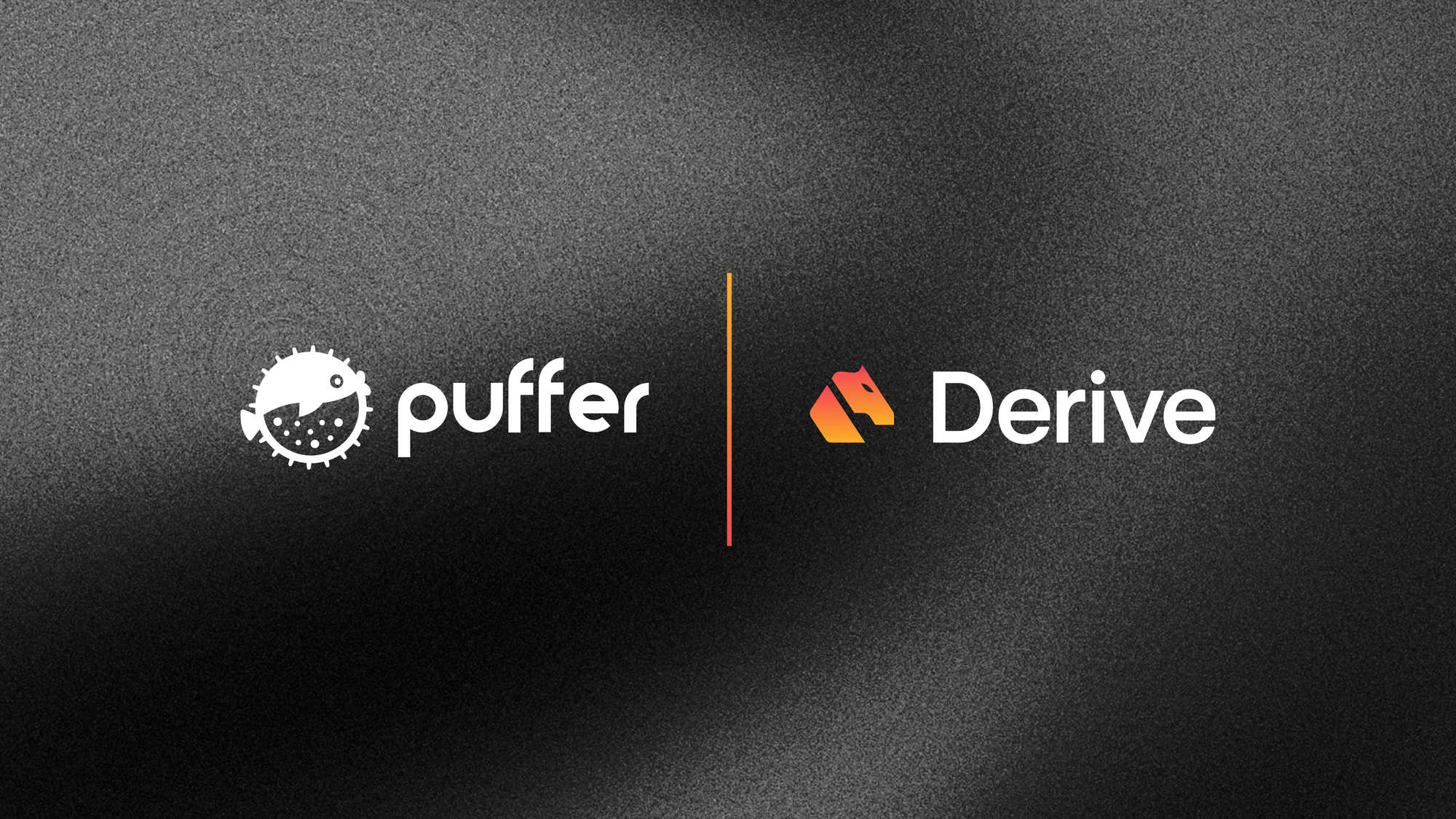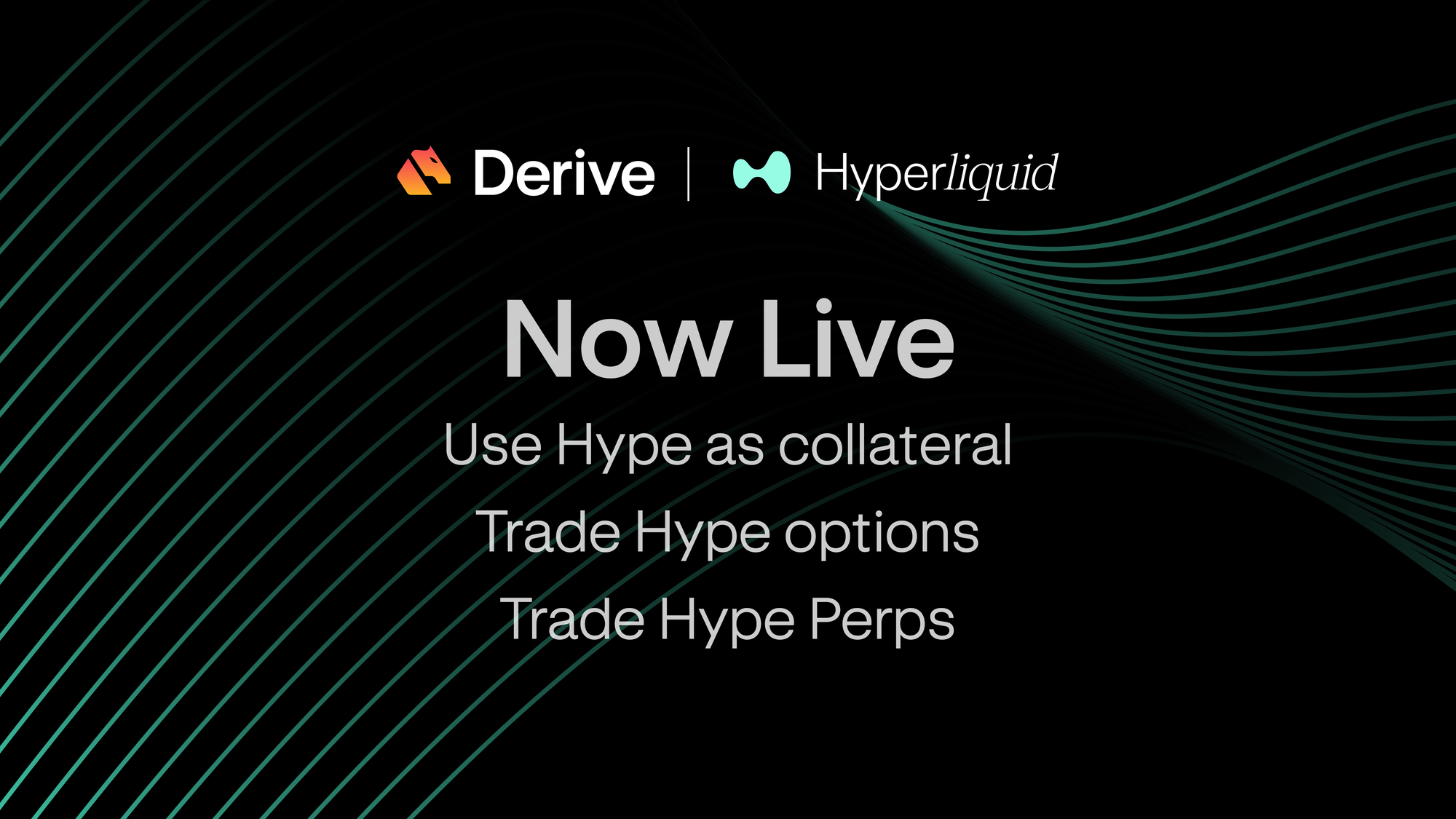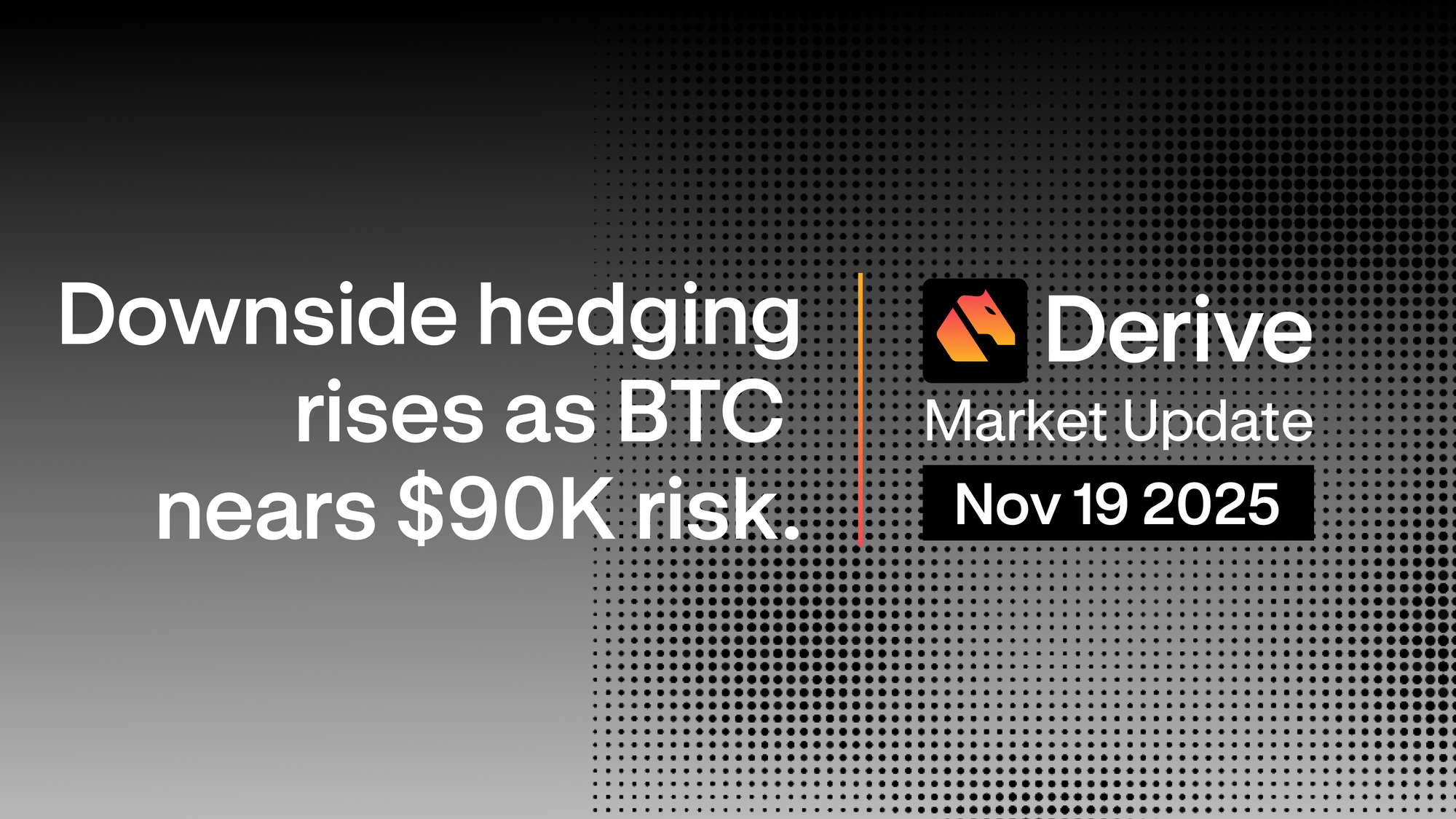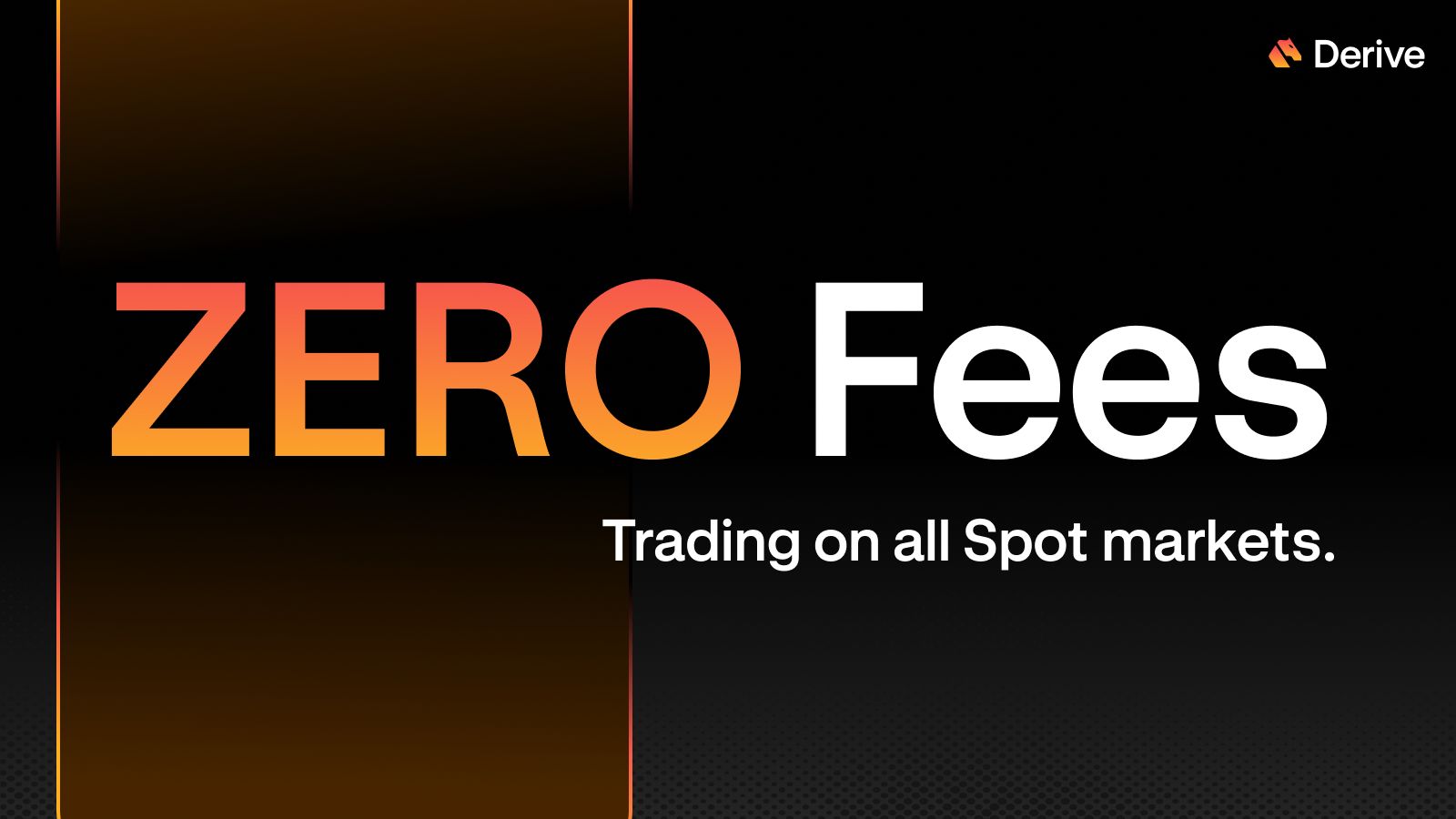by Dr.Sean Dawson
There’s a lot of money in DeFi. What, if anything, is it doing?
As of writing, there’s almost $200 billion (excluding stablecoins) of TVL in Defi. More than 60% of this (~$120 billion) is on Ethereum with Solana and BSC taking podium positions at 6.6% and 4.8% respectively. See Figure 1 for a more complete breakdown.
In this article, I want to explain that much of the $100+ billion dollars of TVL on Ethereum is engaged in what is known as a carry trade, basically a huge bet on stablecoin and staking yield.
The Carry Trade
A carry trade is where an investor borrows money, paying a low interest rate, and invests these funds into an asset with a higher return. Essentially, a carry trade is a bet that an asset’s yield will be higher than a given borrow rate.
The beauty of the carry trade is from:
- High returns: with leverage, yields can exceed 30% if the trade goes your way
- Simplicity: you’re simply making a bet on borrowing low and investing high. Nothing too complex about it!
- Diversification: Yields are generally uncorrelated to equity / spot returns, so this provides a diverse source of returns.
The risks of the carry trade are:
- Reversal risk: Spikes in the borrow rate or drops in the yielding asset can decimate your gains, especially if leveraged
- Volatility risk: Generally, carry trades perform worse in high volatility regimes since yields can drop and borrows spike.
For these reasons, carry trades are massive in scale in both the traditional and DeFi worlds.
A TradFi Example
The canonical TradFi example is the Yen-funded carry trade, which alone accounted for over $1 trillion in cross-border capital allocations, influencing everything from emerging market debt to G10 currency dynamics.
Simply put, the trade was the following:
- The Bank of Japan maintained near-zero interest rates for decades to stimulate the economy, making it cheap to borrow in yen.
- US government debt (Treasury bills) yielded significantly more—around 4.5%, creating an attractive interest rate spread.
- Traders borrow yen at near-zero rates, convert to USD, and use the dollars to purchase U.S. Treasury bills.
- This earns a net yield of ~4% unlevered, and up to 40% returns if 10x leveraged
When things are quiet and “normal” this is a highly profitable trading strategy. However, these positions are significantly exposed to both borrow rate and FX risk.
The most recent example of this was in July 2024 when the Bank of Japan unexpectedly raised rates from 0.1% to 0.25% and signalled a trend to quantitative tightening. Not only did this more than double the cost of borrowing, but it sent the Yen rocketing and markets into a nosedive. Carry traders, short the Yen and long the US dollar were then forced to unwind their carry positions. A reasonable estimated that 50% of these trades were unwound in the panic.
DeFi Carry Trading
As discussed in my previous article and as shown in Figure 2, between $60 and $80 billion of TVL on Ethereum is in some form of (re)staking (Lido, Eigenlayer) or lending (Aave) platform. See Figure 2 below.
Across DeFi, there are two main types of carry trades:
The first is the “ETH (re)staking trade”
- Hold some ETH
- Stake it to get wstETH (+3%)
- Restake it into EtherFi (or equivalent) for weETH (+points, probably 1-3%) and/or convert to Pendle PT tokens.
- Deposit your new weETH on Aave and borrow ETH (pay ~2.7%)
- Repeat to get ~5x leverage (or more on platforms like Morpho and Euler!)
Overall, your yield for this can be computed as follows:
Yield = ETH Yield + (MaxLeverage -1) x (ETH yield - borrow rate)
Where ETH yield is the sum of wstETH and weETH yield.
Plugging in weETH yield = 2%, wstETH yield = 3%, MaxLeverage = 5 and borrow rate = 2.7% we get a Final Yield = 14.2%!
This is a particularly good trade if
- You want an easy to understand, low volatility 10-15% yield
- You’re bullish on ETH and want to lever up ETH as a nice side effect (via the looping)
- You think Aave rates on ETH are stable (they typically are)
- You’re bullish on restaking protocols like Eigenlayer and EtherFi.
On Aave V3 (mainnet) we see that about 50% of TVL is from various forms of (restaked) ETH. Other forms of lending are also present (i.e. borrowing for stables, wBTC) but the heavy concentration of restaked ETH implies the carry trade is thriving on Aave (and other ecosystems like Euler and Morpho!).
The other major carry trade is the “stables carry trade”.
- Hold a bunch of yield bearing stables like sUSDe or sDAI (or PT equivalents) (earning 8-12%+)
- Borrow stables (~90% LTV) like USDC or USDT against these (paying 5-7%)
- Swap for more yield bearing stables with up to 10x leverage.
Using a similar formula to the one above for the ETH carry trade, we find that yields for this can be easily 25% and higher. Unlike with the ETH carry trade, there is significantly less liquidation risk (since stables shouldn’t move in price!) though you’re more susceptible to interest rate risk as stable borrow rates tend to fluctuate more.
A Systemic Cascade
The prevalence of the ETH carry trade could potentially pose a systemic price risk to the entire ETH ecosystem. The way this could work is:
- A big ETH whale pulls their ETH from lending pools on Aave, Euler, etc.
- This sends ETH borrow rates up dramatically.
- The levered carry trades flip from +14% yield to -20% yield.
- Carry traders rush to unwind their positions
- Huge demand to exit wstETH for ETH devalues wstETH and leads to queue delays in Lido, further exacerbating the depeg.
- Price drops on wstETH and ETH causes liquidations of large positions, dropping price further and leading to a worsening of the situation.
We already saw a taste of this last week on Aave when Justin Sun withdrew $4.2 billion of ETH, BTC and stables from Aave. Following this, borrow rates for ETH spiked to almost 10% before quickly correcting. Were this a more prolonged rate hike, and if coupled with a significant price correction, the effect on carry traders could have been very ugly indeed.
Conclusion
The ETH carry trade has become the foundational trade in DeFi, powering billions in TVL. However, its systemic nature also means that sudden shifts in borrow rates or flash crashes can trigger cascading liquidations and potentially pose a systemic risk to a nascent ecosystem.




